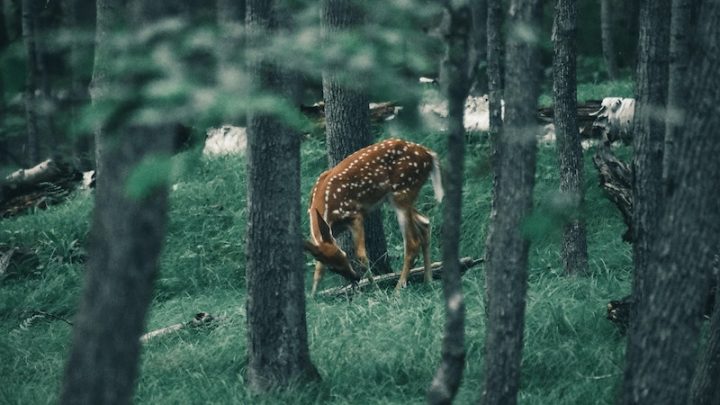Information Box Group

Invasive Species More About Invasive Species
Invasive species are non-native organisms that cause damage to the environment. They are one of the biggest threats to local ecosystems.
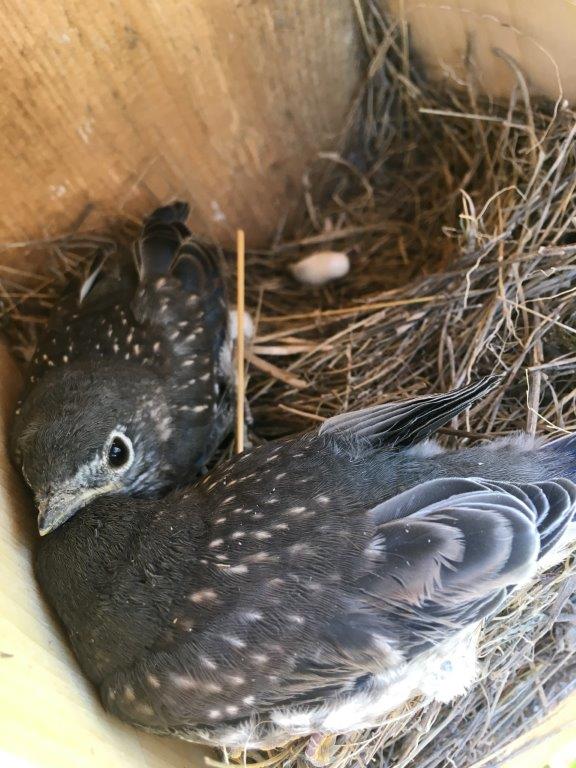
Birds More About Local Birds
Over 300 bird species can be found in Hamilton all year round. These unique animals make incredible and distinct sounds that you might once hear. Check out our guide for getting to know the birds of Hamilton.
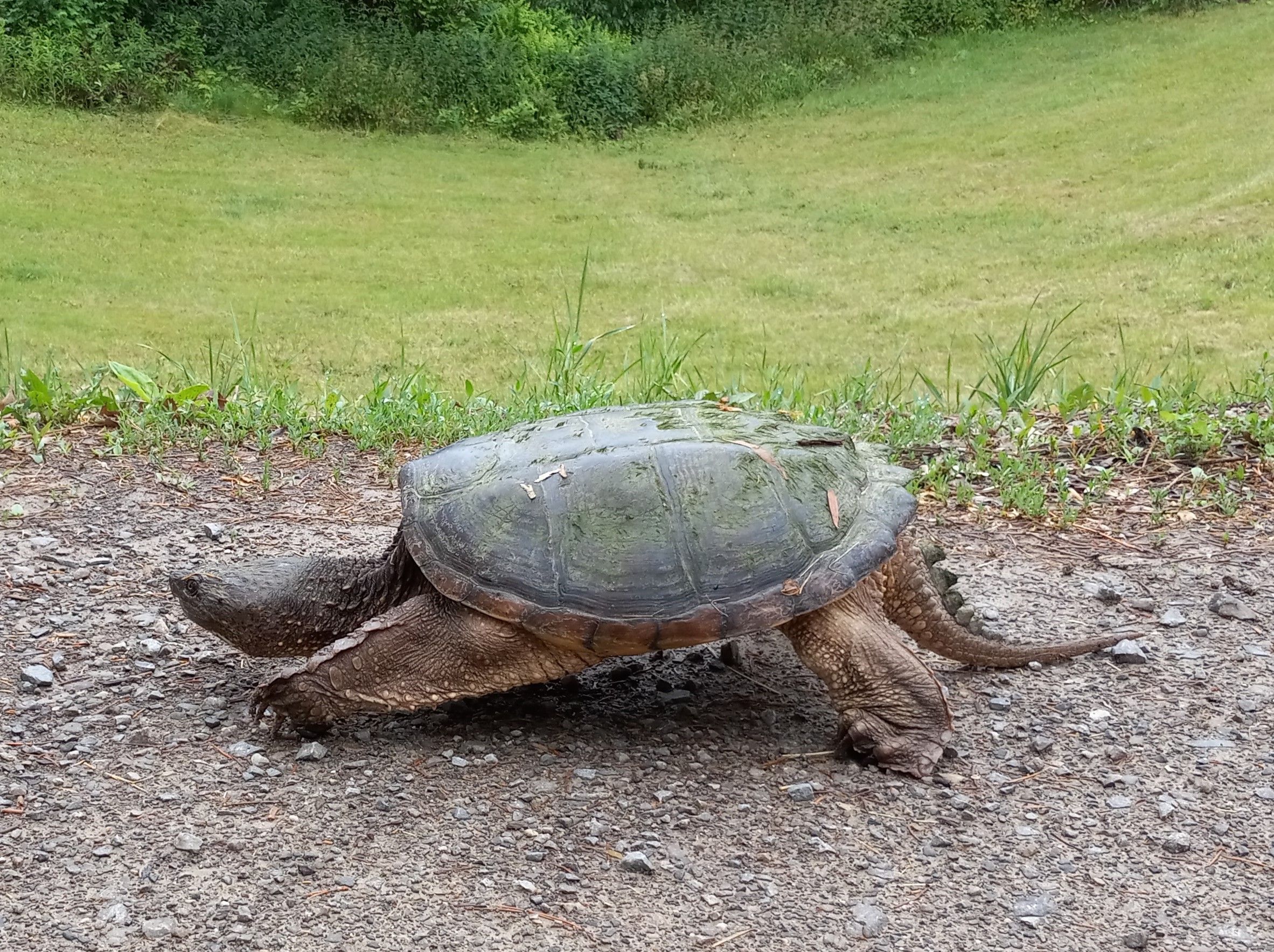
Endangered/Rare Species More About Rare Species
Hamilton is home to many rare and endangered species.

Controlled Burns More About Controlled Burns
Controlled burns reduce the risk of wildfires and the spread of invasive species that may threaten McMaster Land’s surrounding properties and wildlife. Controlled burns encourage the growth and competition of native plants, providing a habitat for local wildlife. McMaster University depends on controlled burns to keep its natural lands in good condition.
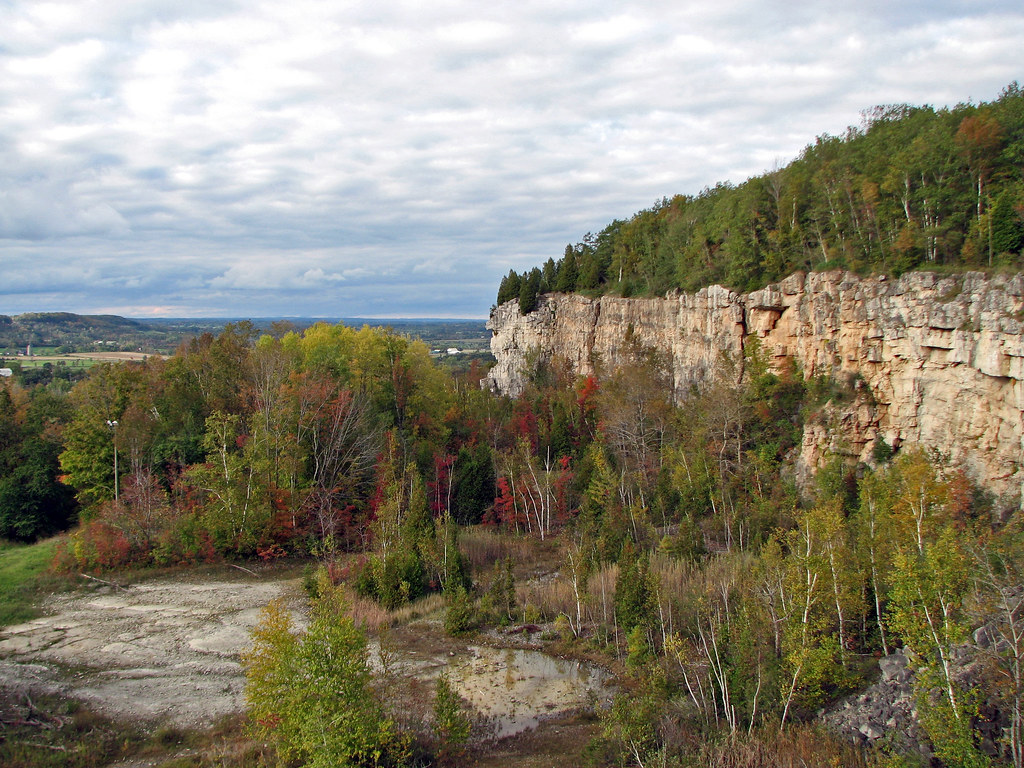
Ecology of the Escarpment More About the Niagara Escarpment
The Niagara Escarpment is a striking geologic feature with rich history and an important ecological function. It is a key factor in making Hamilton a biodiversity hotspot.
At a Glance
Hamilton is within the Carolinian forest range, a unique life zone that makes up only 1% of Canada’s total land area and hosts a greater number of species than any other ecosystem in the country. Many people do not realize the amount of natural diversity living in Hamilton, which includes:
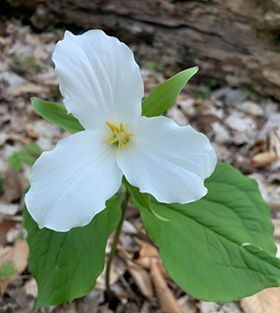
Native Plants Hamilton Plant List
Over 1000 species of native plants.
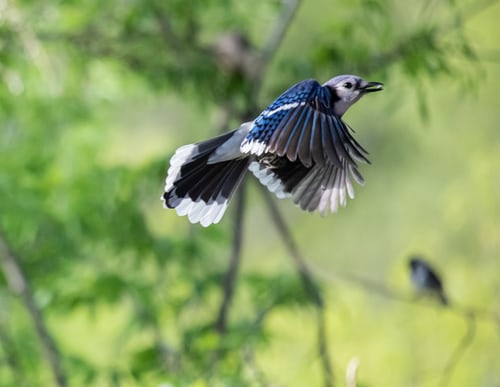
Birds Hamilton Bird List
171 species of breeding birds.
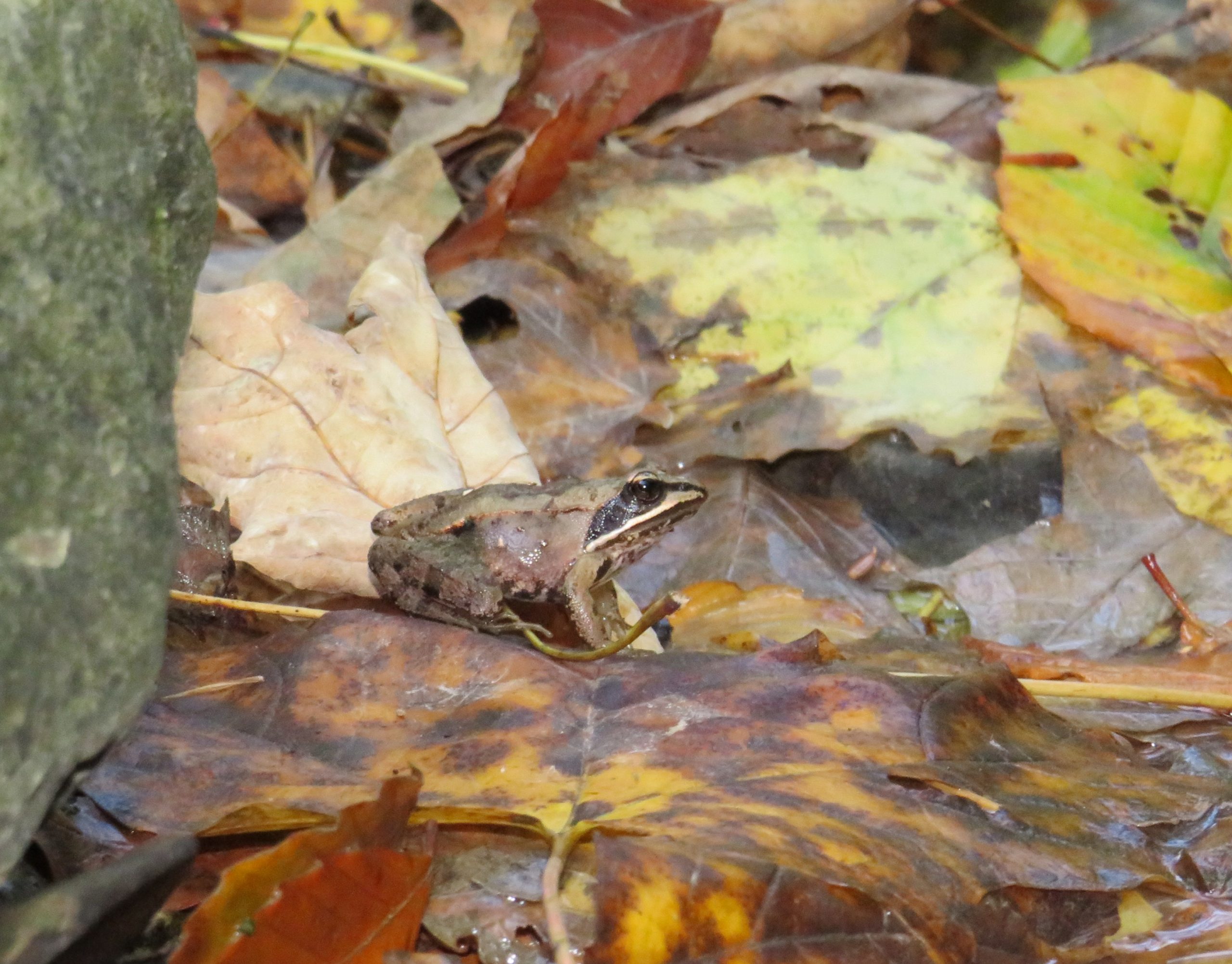
Reptiles & Amphibians Hamilton Reptile & Amphibian List
31 species of reptiles & amphibians.
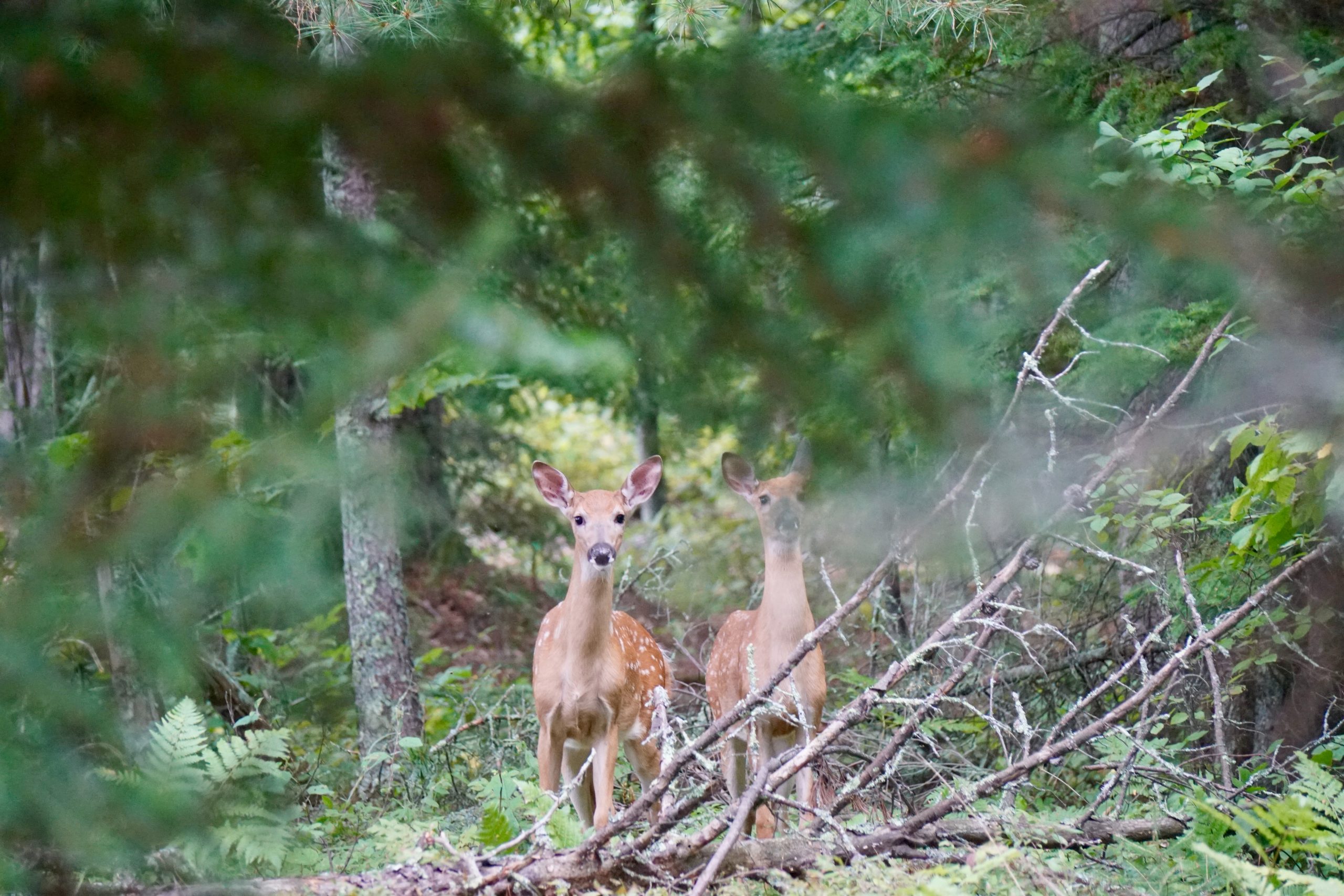
Mammals Hamilton Mammal List
43 species of mammals.
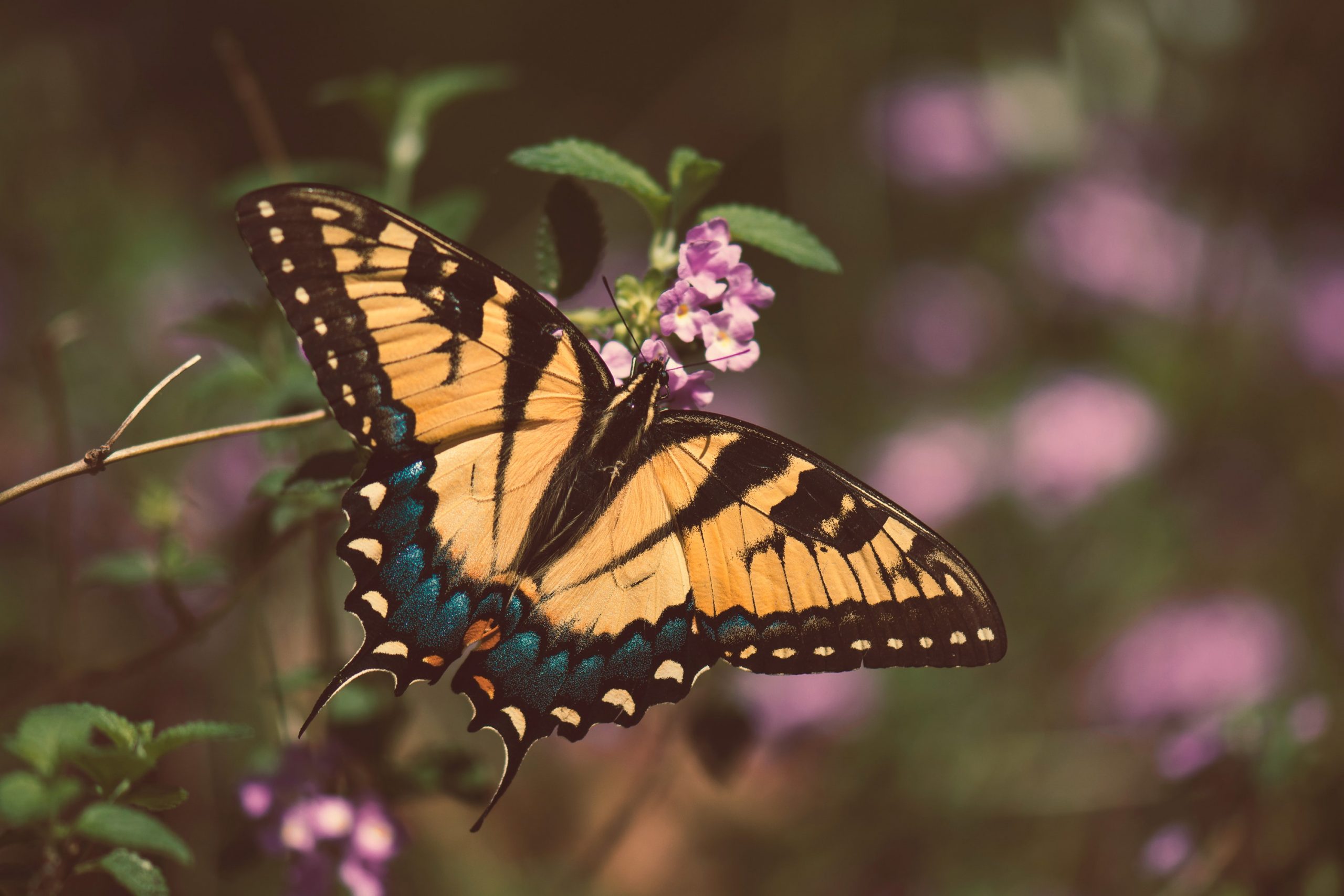
Butterflies and Moths Hamilton Butterfly & Moth List
100 species of butterflies and moths.

Odonates Hamilton Odonate List
98 species of dragonflies and damselflies.
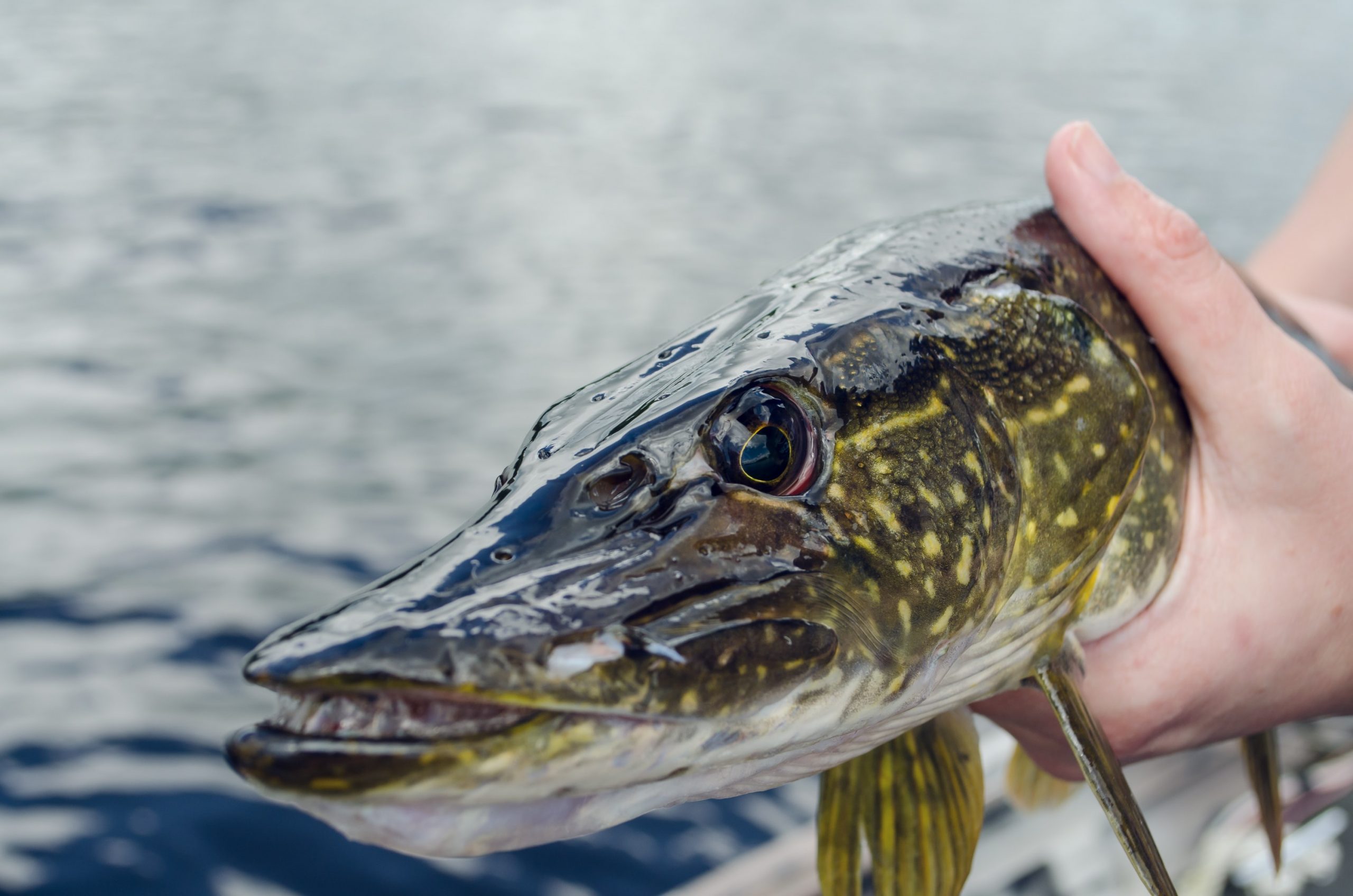
Fish Hamilton Fish List
87 species of fish.
Local Wildlife Information
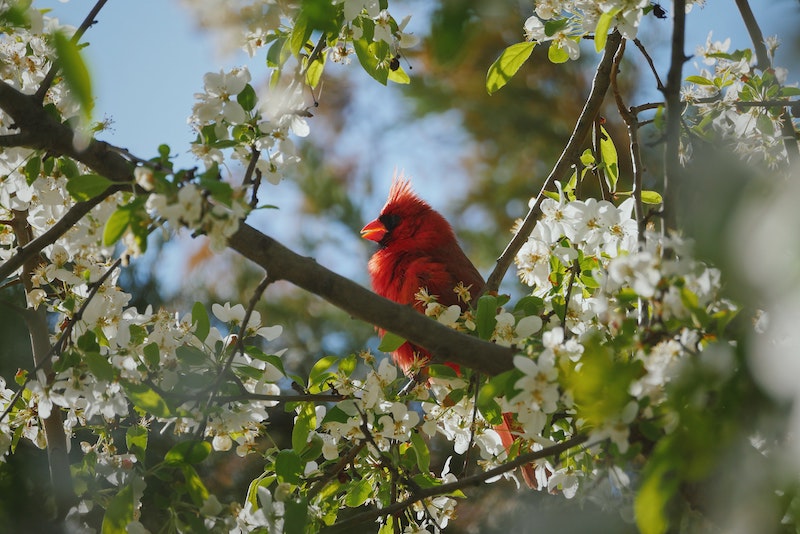
Birds
Hamilton is a major seasonal stop and breeding ground for over 368 bird species, making it an excellent place for anyone interested in bird watching. The best times to view birds in Hamilton are during the Spring (May) and Fall (August-September) migration season when the areas swell with bird life. What makes Hamilton a great ‘birding’ area is its habitat diversity and, in particular, what bird enthusiasts call, ‘edge habitats’ where one type of habitat converges on another. For instance, Princess Point, where Lake Ontario, Hamilton Harbour, and Cootes Paradise unite, is an excellent example of an edge habitat that is attractive to avian life because of the protection it provides.
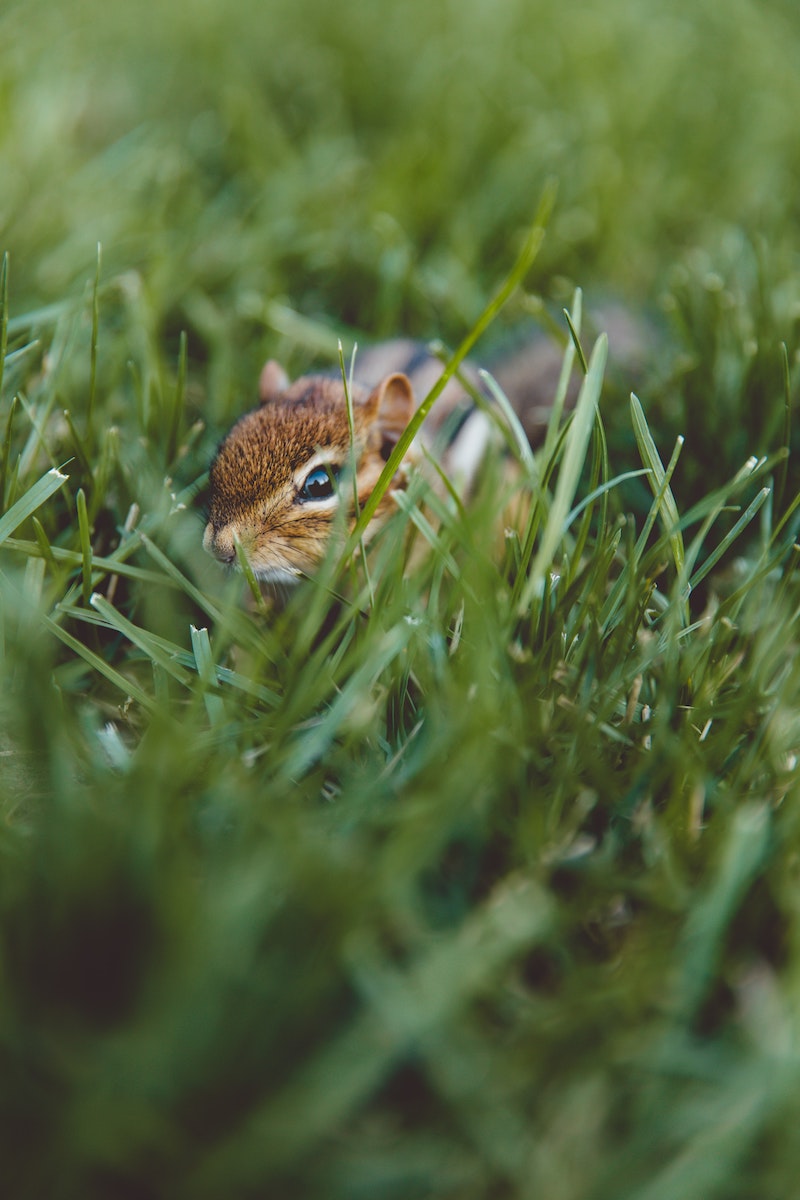
Mammals
Today Hamilton is home to 45 different species of mammals! There are carnivores such as the badgers, mink, coyotes, otters, foxes, and of course raccoons! You can spot rodents such as beavers, squirrels, chipmunks and porcupines, and many species of shrews and moles. At night keep an eye out for bats and opossums. In addition, Eastern Cottontail Rabbits, and White-tailed Deer are common across Hamilton, and can be often spotted around McMaster’s campus!
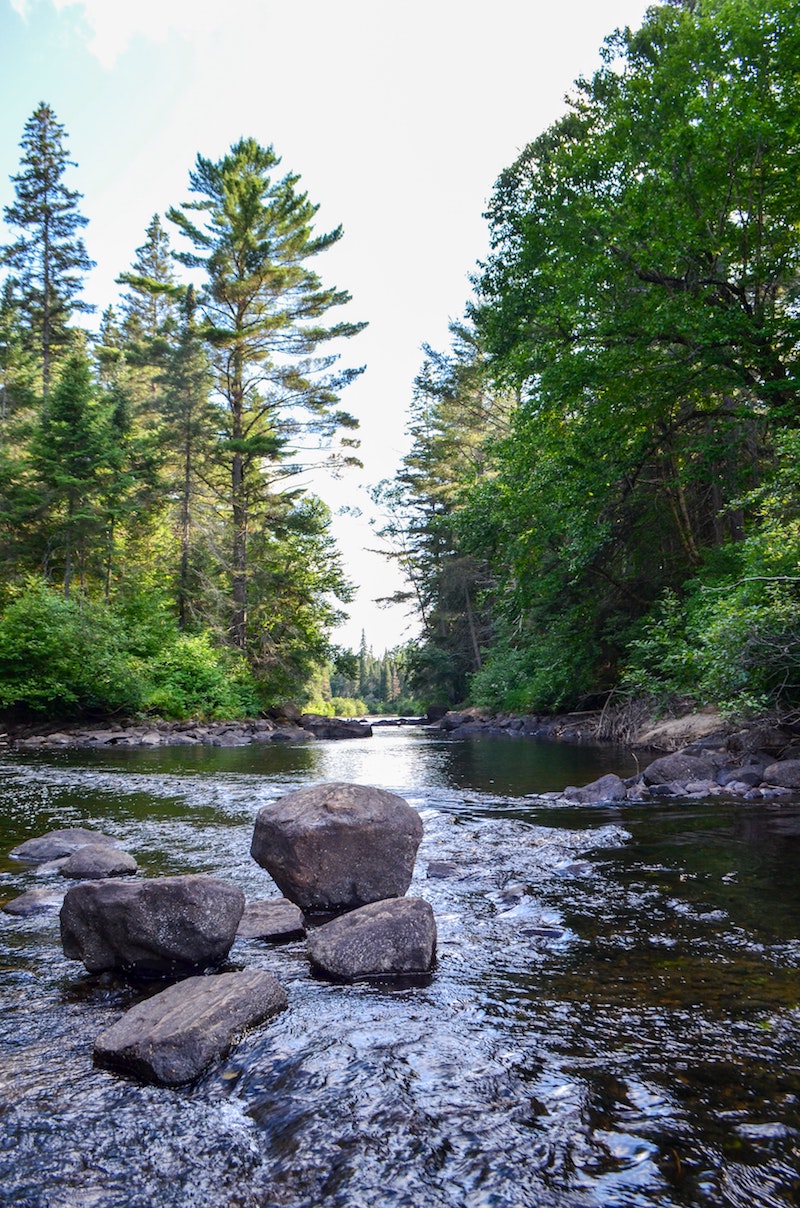
Fish
Hamilton is a very important area for fish biodiversity. Cootes Paradise and its tributaries are home to the largest spawning ground for fish in Lake Ontario. Few cold water creeks remain in Southern Ontario, however there are multiple in Hamilton including Ancaster/Cold Water Creek which flows through campus. Cold water creeks provide critical habitats for many cold water fish species such as brook trout. Hamilton is home to several fish that are on Canada’s Species at Risk list including Red Side Dace and American Eel, and many common game fish such as trout, walleye, and pike. There is also a salmon run (salmon spawning) in Spencer Creek!
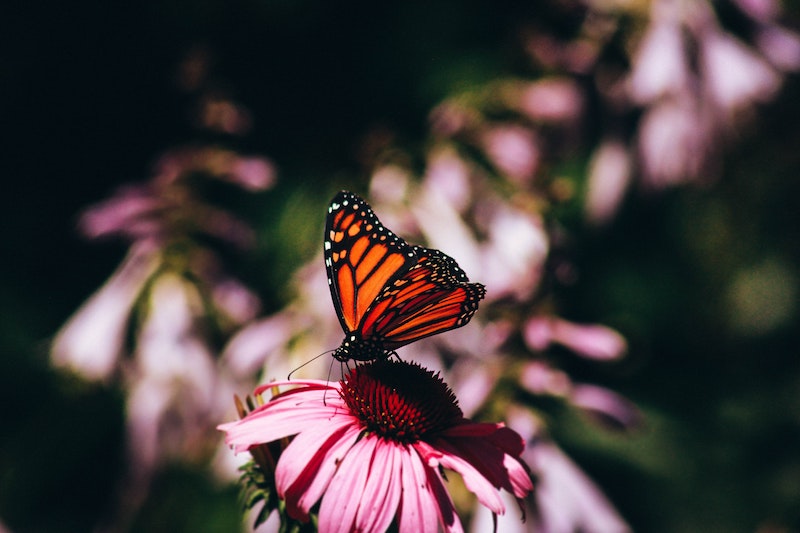
Butterflies & Moths
Keep your eyes out for beautiful butterflies! Hamilton is home to over 100 species of butterflies and moths that can be found in diverse habitats such as meadows, forests, or even your backyard! Butterflies are wonderful pollinators that help keep our ecosystems alive. West Virginia White and Monarch butterflies, two species that are classified as Species at Risk and make Hamilton their home!
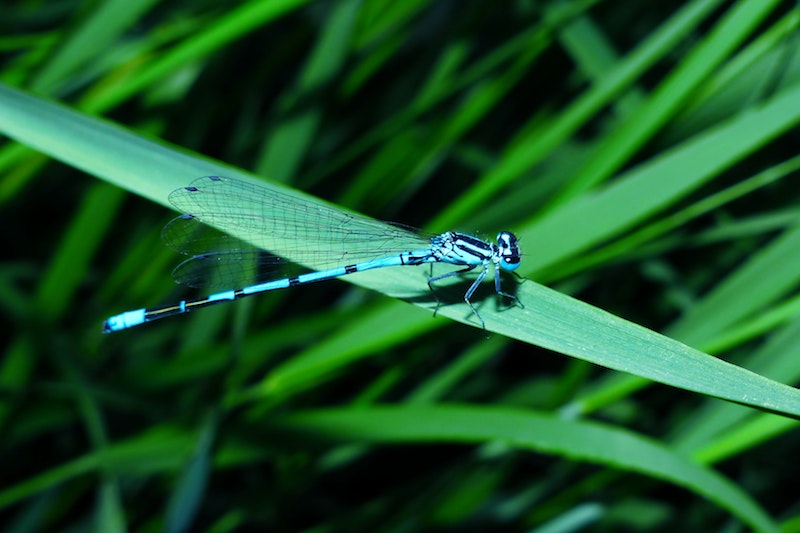
Odonates
Odonates is the scientific name for dragonflies and damselflies, which are fascinating aquatic and carnivorous insects. They are a very important part of the food web as they help to control post populations and even eat pesky mosquitos! With its many rivers, stream, creeks, and ponds, Hamilton provides a wonderful home for Odonates who lay their eggs in these small waterbodies or on aquatic vegetation. You can find many provincially rare dragonflies in Hamilton including the Arrowhead Spiketail, the Green-striped Darner, and the Pronghorn Clubtail!
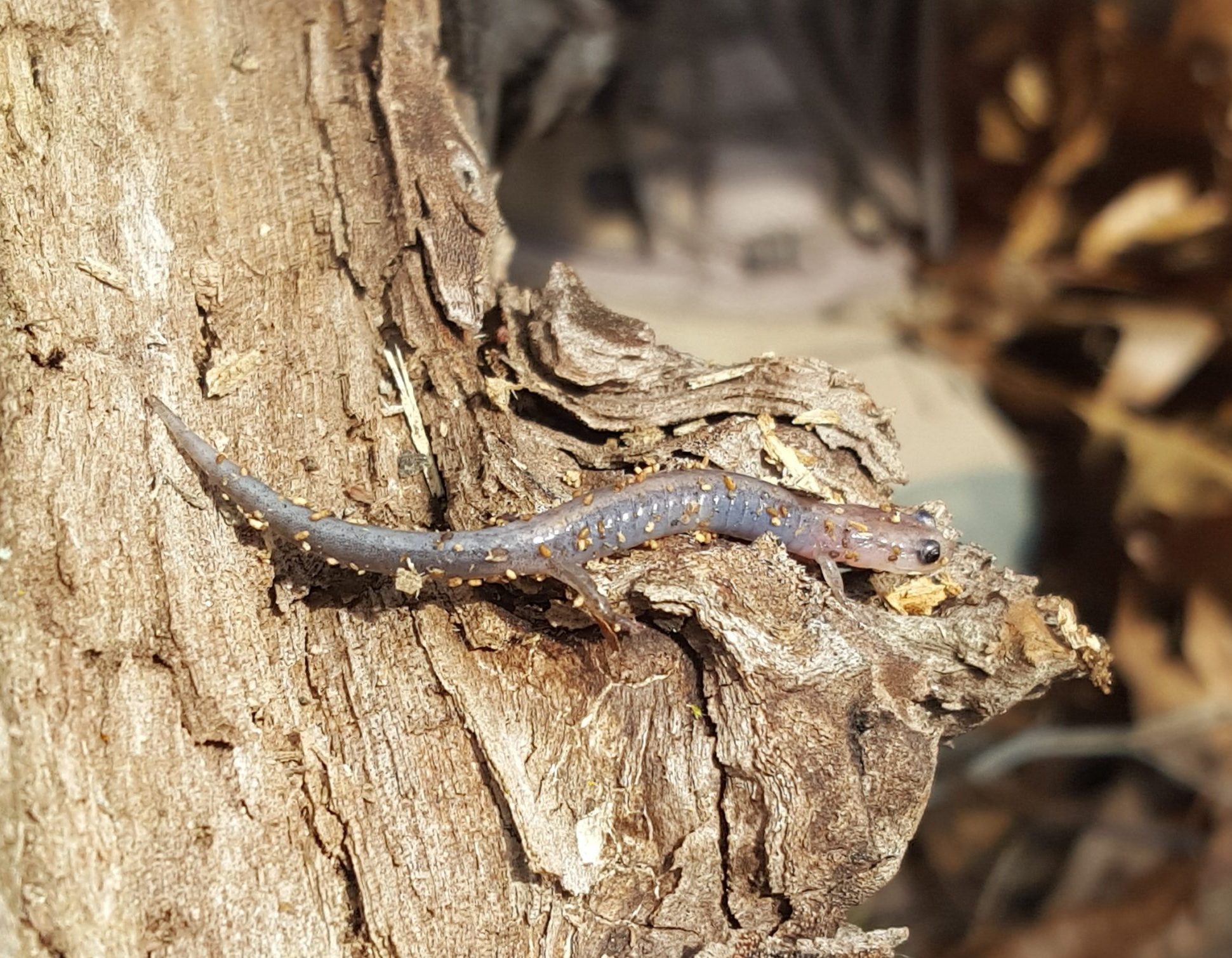
Reptiles & Amphibians
With many diverse ecosystems, Hamilton is home to many different reptiles and amphibians. There are many national Species at Risk found in Hamilton including the Jefferson Salamander, Northern Ribbonsnake, Eastern Fox Snake, Blanding’s Turtle, Midland Painted Turtle, Northern Map Turtle, and Snapping Turtles. Your best chance of spotting (or hearing) amphibians is at night when they prefer to mate, whereas you can often see reptiles such as turtles enjoying the sun during the day! Make sure to drive responsible and watch out for turtle crossing the road, for example of Cootes Drive right beside McMaster!

